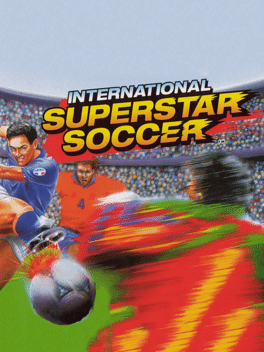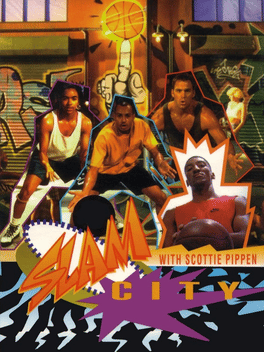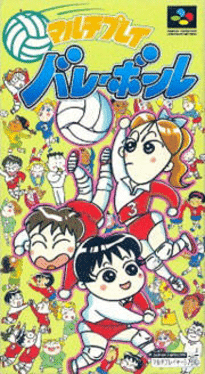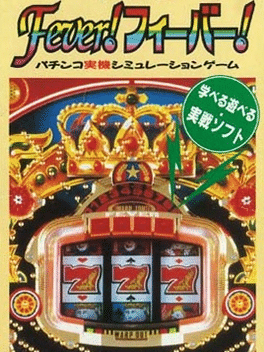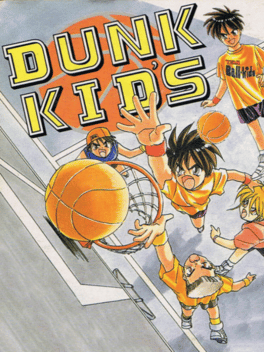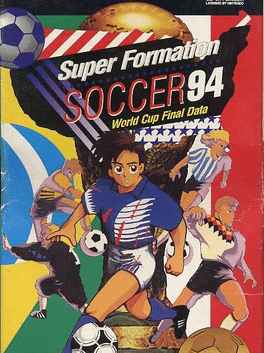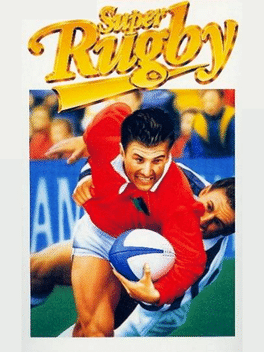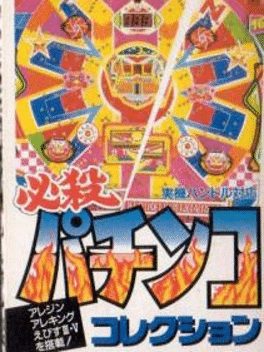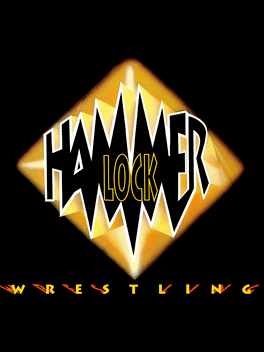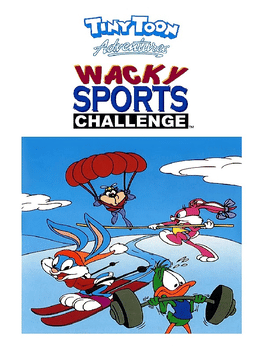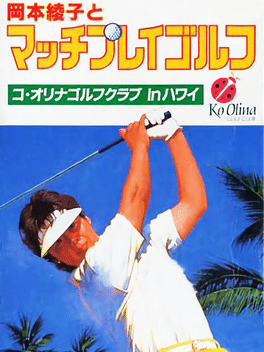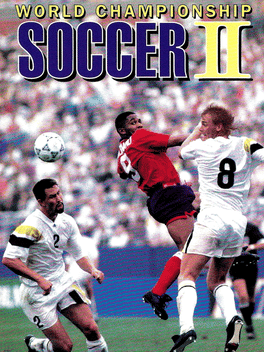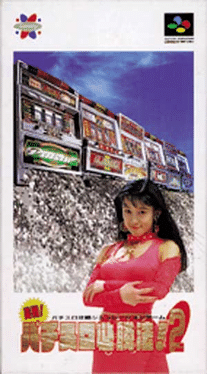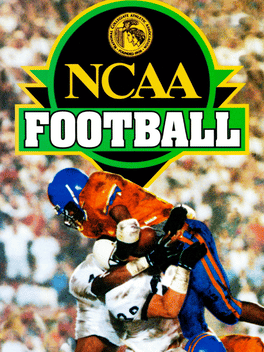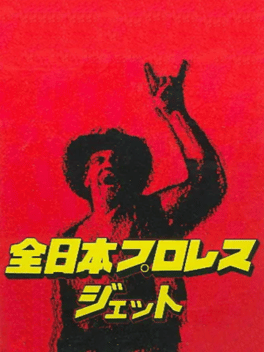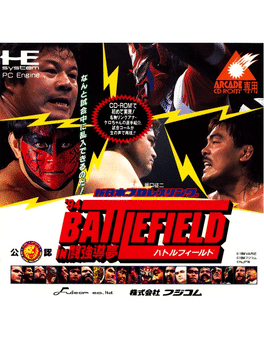New Sport Games - Page 187
-
International Superstar Soccer
1994
star 7.4International Superstar Soccer is a football video game developed by Konami for the Super Nintendo Entertainment System. It is known as the best soccer game available for any 16-bit systems, mostly due to its lifelike approach, innovative for the time, that showed diversified players in the same team, with an adult look and back numbers on their respective jerseys, corresponding to real-life players of the time. -
Madden NFL 95
1994
Madden NFL 95
1994
star 4.7The first to be released to a handheld, being released for the first time to both the Game Boy and Sega Game Gear. -
Slam City with Scottie Pippen
1994
Scottie Pippen is here in person to school you in this sports FMV game. Played in first-person mode, you'll go one-on-one in this single-player basketball game as you work the court to earn Respect points for defensive moves such as steals and blocks, then drive the lane and toss up your shots. -
Multi Play Volleyball
1994
The player controls a national volleyball squad (i.e., Cuba, USA, Canada, Brazil) as the play controls the entire team using an overhead view. Since indoor volleyball is simulated instead of beach volleyball, all matches take place on hardwood. -
Sankyo Fever! Fever!
1994
Sankyo Fever! Fever!
1994
Sankyo Fever! Fever! is a Miscellaneous game, published by Nippon Telenet, which was released in Japan in 1994. -
Dunk Kids
1994
Dunk Kids
1994
Dunk Kids (ダンクキッズ) is a basketball game for the Sega Game Gear. It was only released in Japan. -
Super Formation Soccer 94: World Cup Final Data
1994
Super Formation Soccer 94: World Cup Final Data is a Sports game, developed and published by Human Entertainment, which was released in Japan in 1994. It's an updated version of the Original Super Formation Soccer '94 World Cup Edition. -
Super Rugby
1994
Super Rugby
1994
Super Rugby is a Sports game, developed by Zap and published by TSS, which was released in Japan in 1989. -
Hissatsu Pachinko Collection
1994
Hissatsu Pachinko Collection is a Miscellaneous game, published by SunSoft, which was released in Japan in 1994. -
Shimono Masaki no Fishing to Bassing
1994
Shimono Masaki no Fishing to Bassing is a Sports game, developed and published by Natsume, which was released in Japan in 1994. -
Hammerlock Wrestling
1994
Hammerlock Wrestling
1994
Plug in Hammerlock and get a look at in-your-face, action-packed wrestling like you've never seen it before: up close. How close? Jaleco's exclusive ringside perspective brings the action right under your eyelids. In addition to the main screen, you get two ringside screens. See your opponent's hand pull back for a punch so you can time your dodge perfectly. Then watch the close-up screen explode to twice its regular size as you grab his legs and throw him into a spine splintering suplex. See it all like it's just inches away - closer than you've ever seen it before. -
Tiny Toon Adventures: Wacky Sports Challenge
1994
star 7.1Humor! Wackiness! Sports! ls that what you're looking for? if so. this game's got it! Plus cool graphics. STARRING YOUR FAVORITE TINY TOON ADVENTURES CHARACTERS FROM THE ANIMATED TV SERIES!! You can play as Buster Bunny. Babs Bunny (no relation). Plucky Duck or Dizzy Devil! You'll also run into your other favorite cast characters. HIDDEN BONUSES!!! TWELVE DIFFERENT EVENTS!!! MULTIPLE SKILL LEVELS WITH DIFFERENT HAZARDS!!! Face it. if you want a laugh riot. sports action. and tons of replay value. then this is the game you're looking for! Just check out those screen shots. BUY THE GAME. PLAY THE GAME. BE THE GAME. Besides. where else are you going to find Bungee Jumping, Chicken Race. Ice Cream Toss, Weight Lifting and eight other games in one convenient package? -
Okamoto Ayako to Match Play Golf
1994
Okamoto Ayako to Match Play Golf (sometimes "Okamoto Ayako to Match Play Golf: Ko Olina Golf Club in Hawaii") is a 1994 golf simulator exclusive to the Japanese Super Famicom. It features the likeness and is endorsed by professional golfer and LPGA (Ladies Professional Golf Association) champion Ayako Okamoto, and is one of a handful of sports games to be endorsed by a female athlete. The game uses the real-life golf course of Ko Olina Golf Club in Hawaii. Ko Olina hosted the LPGA Hawaiian Open between 1990-95, when this game was developed. Okamoto Ayako to Match Play Golf is a much more serious simulation-style golf game. The player has to select their direction and golf club (though the game will automatically select suitable defaults) and accurately hit the power meter to get the most out of each shot. -
World Championship Soccer II
1994
World Championship Soccer II is an update of the first game with improved graphics. It contains the teams from the previous game, but adds the 1994 World Cup teams to use in exhibition and tournament play. It also features eight teams from the 1986 and 1990 World Cups, more formations and strategy options, and a four-way play option so four people can play together. -
Jissen Pachi-Slot Hisshouhou! 2
1994
Jissen Pachi-Slot Hisshouhou 2 is a Miscellaneous game, published by Sammy Studios, which was released in Japan in 1994. -
NCAA Football
1994
NCAA Football
1994
NCAA Football is an American football game for the Sega Mega Drive. It was only released in North America. -
Dream Soccer '94
1994
Dream Soccer '94
1994
A soccer game from Irem, Japan. (Data East Corporation license for the rest of the world) Fast arcade football game released during the 1994 World Cup fever, with exaggerated physics, special shots and simplified controls for immediate handling. -
Hisshou 777 Fighter 2: Pachi-Slot Hi Jouhou
1994
Hisshou 777 Fighter 2: Pachi-Slot Hi Jouhou is a Miscellaneous game, developed by Jorudan and published by Vap, which was released in Japan in 1994. -
Zen-Nippon Pro Wrestling Jet
1994
The fan favorite Super Famicom title has come to the Game Boy! The largest roster and move list ever on a handheld, All Japan Pro Wrestling Jet has all the action the Game Boy can handle! -
Shin Nippon Pro Wrestling '94: Battlefield in Tokyo Dome
1994
The second of three Super Famicom wrestling games based on the Shin Nippon Pro Wrestling (a.k.a. the New Japan Pro Wrestling, or NJPW) circuit by Varie.
